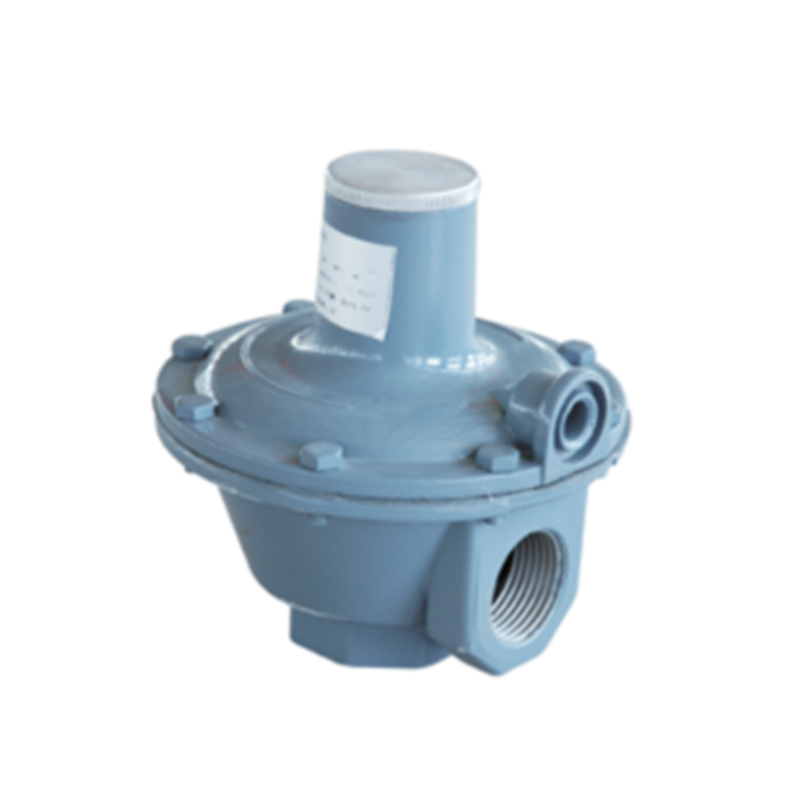
9 月 . 16, 2024 21:23
Back to list
Pressure Reducing Valve - Efficient Pressure Control Solutions
Understanding Pressure Reducing Valves Function and Importance
Pressure reducing valves (PRVs) are essential components in various fluid control systems, designed to manage and regulate the pressure of fluids flowing through pipes. Their primary function is to reduce the incoming pressure from a high-pressure source to a more manageable and accurate level suitable for downstream applications. Understanding how PRVs operate and their importance can greatly enhance the efficiency and safety of a fluid system.
How Pressure Reducing Valves Work
At the core of a pressure reducing valve is a mechanism that automatically adjusts the flow of fluid based on the desired downstream pressure. Typically, a PRV consists of a spring-loaded diaphragm or piston mechanism that responds to changes in pressure. When the system pressure exceeds the set point, the diaphragm moves, causing the valve to throttle or close off the flow, thereby reducing the pressure. Conversely, if the downstream pressure drops below the set point, the valve opens to allow more fluid to flow, thereby stabilizing the pressure.
Applications of Pressure Reducing Valves
PRVs are widely used in various industries, including water supply, gas distribution, and manufacturing. In municipal water systems, they help maintain consistent water pressure, preventing damage to pipes and fixtures due to pressure surges. In the gas industry, PRVs ensure safe and efficient gas delivery by regulating the pressure that reaches consumers. Moreover, in manufacturing processes, maintaining consistent pressure is vital for the effectiveness of machinery and to ensure the quality of products.
Benefits of Using Pressure Reducing Valves
pressure reducing valve

The benefits of installing pressure reducing valves are numerous. Primarily, they enhance the longevity of piping systems and equipment by preventing excessive pressure that can lead to leaks, bursts, or wear. Additionally, PRVs contribute to energy efficiency; by regulating pressure, they can decrease energy consumption in pumping systems. This can significantly reduce operational costs and minimize environmental impact.
Furthermore, PRVs improve safety within systems. By controlling pressure levels, they reduce the risk of explosive failures that can occur due to pressure build-up. This is especially critical in sensitive applications like pharmaceuticals or food processing, where precise pressure control is necessary for compliance with health and safety standards.
Selecting the Right Pressure Reducing Valve
Choosing the appropriate PRV involves considering several key factors, including the type of fluid, the desired outlet pressure, flow rate, and temperature conditions. It is essential to select a valve that can handle the specific characteristics of the fluid being transported while ensuring reliability and accuracy in pressure regulation. Consulting with a knowledgeable supplier or engineer can aid in making the right decision to optimize performance.
Conclusion
In conclusion, pressure reducing valves play a crucial role in the efficient and safe operation of fluid systems. By regulating pressure, they protect infrastructure, improve energy efficiency, and enhance overall safety. Whether in municipal water systems, gas distribution, or industrial applications, understanding and employing PRVs is vital for anyone involved in fluid management. As technology advances, the role of PRVs will continue to evolve, offering even greater precision and reliability in various applications.
Next:
Latest news
-
Unlocking The Quality Gas Pressure ReducersNewsNov.01,2024
-
The Role of Gas Pressure Reducing StationsNewsNov.01,2024
-
The Importance and Functionality of Safety Relief ValvesNewsNov.01,2024
-
The Essential Role of Safety Valves in Natural Gas ApplicationsNewsNov.01,2024
-
The Essential Role of Gas Pressure RegulatorsNewsNov.01,2024
-
Enhance Your Premium Gas FiltersNewsNov.01,2024

